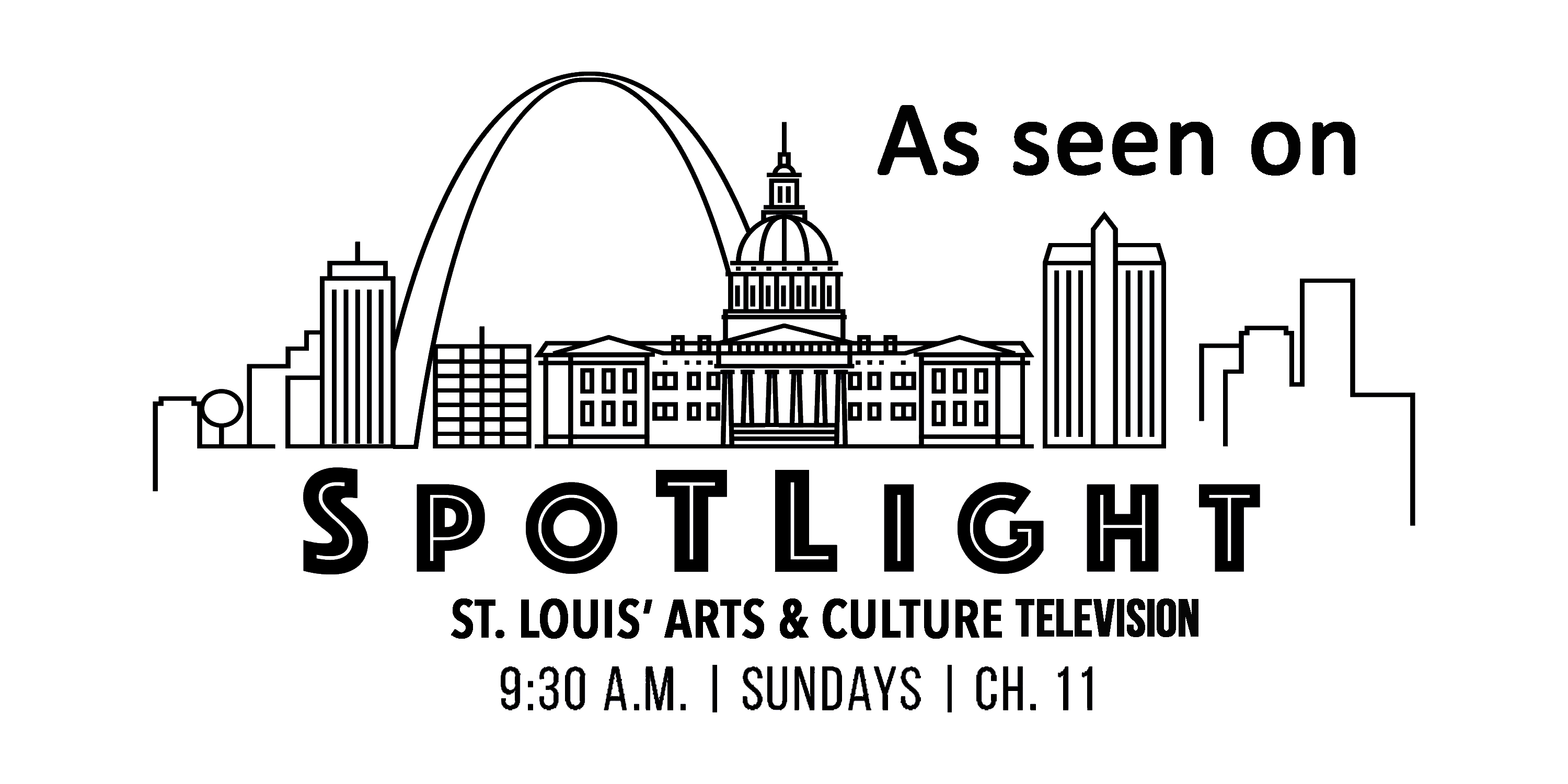Every 40 seconds, someone in the U.S. has a stroke. And according to the American Heart Association, the rate of strokes in the U.S. is rising among younger adults ages 49 and younger. That’s why it’s important for all ages to know the warning signs.
For Courtney Hall, the couple years has been a real eye opener.
“I think I appreciate life a whole lot more,” Hall said. “Not that I didn’t before, but it definitely changes your outlook on life, because it can change in an instant.”
In early May 2021, Hall found herself in a hospital bed. For a week, she had been trying to ignore the weakness and heaviness in her left side. But in the ER, doctors broke some shocking news — she’d had a stroke at just 36 years old.
“I said, ‘What? No way. It can’t be.’ I’m young, I’m healthy, no other issues whatsoever,” Hall said.
The experts at the University of Missouri Health Care stress that while most strokes occur in people who are older than 65, 10% to 15% of strokes occur in people under the age of 45.
Adnan Qureshi, MD, a neurologist at MU Health Care, says that’s why everyone should be able to recognize the symptoms.
“While it is correct that older individuals are more likely to have a stroke, that doesn’t mean the younger individuals are not at risk,” Qureshi said.
The acronym BE FAST can help you remember the signs of a stroke.
B — Balance. This includes loss of balance and dizziness.
E — Eyes. Vision changes are a common symptom of stroke.
F — Face. This can be facial drooping or severe headaches.
A — Arms. Arm weakness and numbness are both warning signs.
S — Speech. This includes trouble speaking and confusion.
T — Time. If a person has any of these symptoms, it’s time to call 911.
A stroke stops oxygen from reaching the brain, causing brain cells to die immediately. The sooner someone gets care, the better the chance of recovery.
“You have to do it in a timely fashion, before the brain suffers irreversible damage,” Qureshi said. “That time window is a short one.”
Over the past year, Hall has had to relearn how to walk. After months of physical therapy, she is once again able to drive and perform everyday tasks, like opening a water bottle.
Now she hopes her experience will be a lesson for others about spotting the signs of a stroke and seeking medical help.
“My biggest advice is don’t wait,” Hall said. “If you think something is off or wrong or weird, just go.”
While the cause of Hall’s stroke is unknown, Qureshi says it’s never too early — or late — to start making lifestyle choices that could help prevent a stroke. Quit smoking, get regular moderate-intensity exercise and make sure your blood pressure is well controlled.

